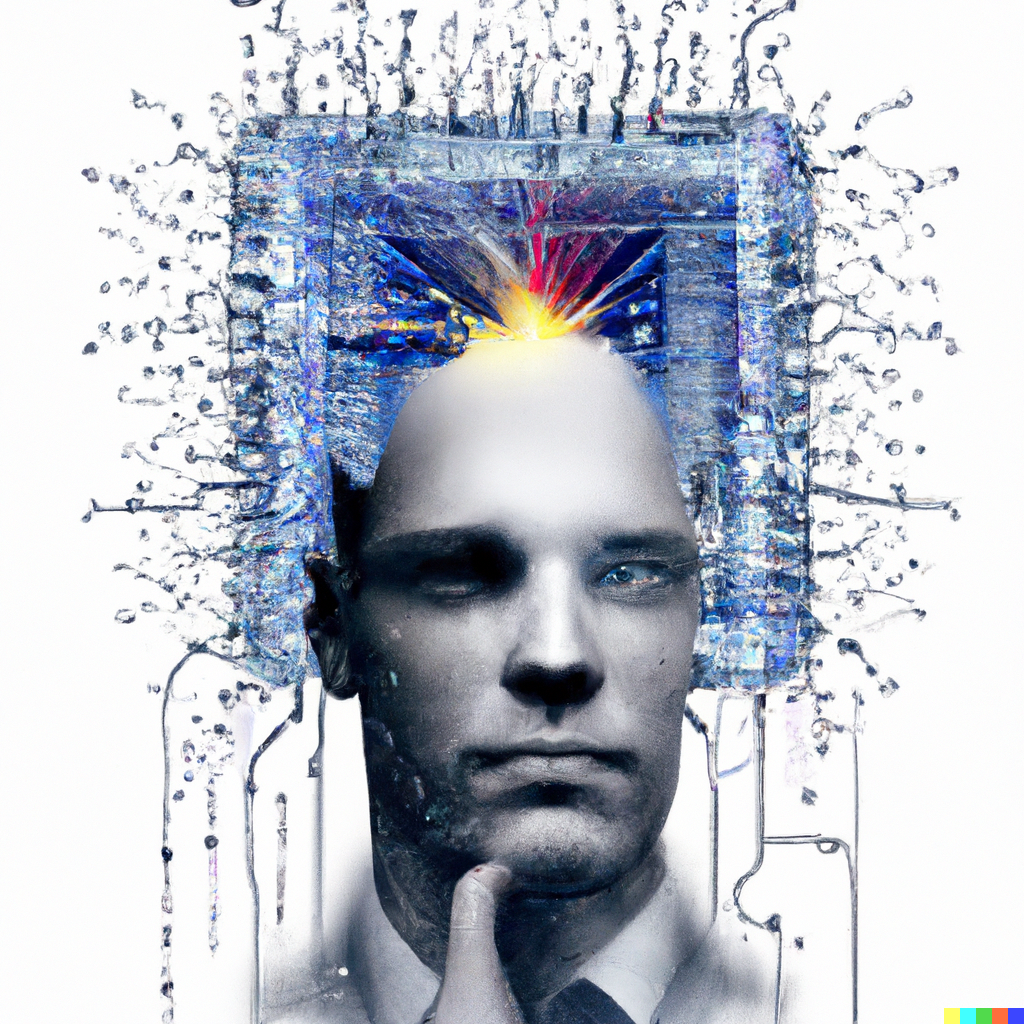This comprehensive guide explores the fundamentals of Machine Learning (ML), its key applications across various industries, challenges, and emerging trends shaping its future. From healthcare to finance and autonomous vehicles, ML is revolutionizing technology and business. Learn how ML works, its benefits, and where it's headed next.
Machine Learning (ML) has become a transformative force across multiple industries, enabling systems to learn from data and improve performance without being explicitly programmed. From personal assistants like Siri and Alexa to fraud detection in banking, ML is shaping the future of technology and business. In this comprehensive guide, we will explore the fundamentals of ML, its applications, and future trends.
What is Machine Learning?
Machine Learning is a subset of artificial intelligence (AI) that focuses on developing algorithms that allow computers to learn patterns and make decisions based on data. ML models improve their performance over time as they process more data, mimicking human learning but at a much larger scale and speed.
Types of Machine Learning
ML can be broadly categorized into three types:
- Supervised Learning: The model is trained using labeled data, meaning each input has a corresponding correct output. Examples include classification (e.g., spam detection) and regression (e.g., predicting house prices).
- Unsupervised Learning: The model learns patterns from unlabeled data without explicit instructions. Examples include clustering (e.g., customer segmentation) and anomaly detection.
- Reinforcement Learning: The model learns by interacting with an environment, receiving rewards or penalties based on its actions. This is widely used in robotics and gaming.
Key Applications of Machine Learning
ML is being utilized across various sectors to enhance efficiency, accuracy, and automation. Some key applications include:
1. Healthcare
- Disease diagnosis using image recognition (e.g., detecting cancer in X-rays)
- Predictive analytics for patient treatment plans
- Drug discovery and personalized medicine
2. Finance
- Fraud detection using anomaly detection algorithms
- Algorithmic trading for stock market predictions
- Risk assessment in loan and credit scoring
3. Retail & E-Commerce
- Personalized product recommendations (e.g., Amazon’s recommendation engine)
- Demand forecasting to optimize inventory management
- Customer sentiment analysis for improving customer experience
4. Manufacturing & Supply Chain
- Predictive maintenance to reduce machine downtime
- Automated quality control using computer vision
- Optimization of logistics and supply chain processes
5. Autonomous Vehicles
- Self-driving cars leveraging ML for object detection and navigation
- Traffic prediction and route optimization
- Adaptive cruise control and lane-keeping assistance
Challenges in Machine Learning
Despite its advantages, ML comes with several challenges:
- Data Quality: Poor or biased data can lead to inaccurate predictions.
- Model Interpretability: Complex models like deep learning lack transparency, making it difficult to understand decision-making.
- Computational Power: Training large models requires significant processing power and storage.
- Security & Privacy: Handling sensitive data raises ethical and legal concerns.
Future Trends in Machine Learning
ML is constantly evolving, and several trends are shaping its future:
1. AutoML (Automated Machine Learning)
AutoML aims to automate the process of model selection, hyperparameter tuning, and deployment, making ML accessible to non-experts.
2. Edge AI & Federated Learning
Processing ML models on edge devices (smartphones, IoT devices) instead of the cloud reduces latency and enhances privacy.
3. Explainable AI (XAI)
With increasing demand for transparency, explainable AI focuses on making ML models more interpretable and accountable.
4. AI Ethics & Bias Reduction
Efforts are being made to create fair, unbiased AI systems that do not reinforce discrimination or stereotypes.
5. Quantum Machine Learning (QML)
Leveraging quantum computing for ML could significantly accelerate complex computations and solve problems that are currently infeasible.
Conclusion
Machine Learning is transforming industries and shaping the future of technology. As advancements continue, ML will become more integrated into our daily lives, improving decision-making, automation, and efficiency. While challenges exist, ongoing research and innovation are making ML more accessible, explainable, and ethical. The future of ML is bright, and its impact will only continue to grow.
